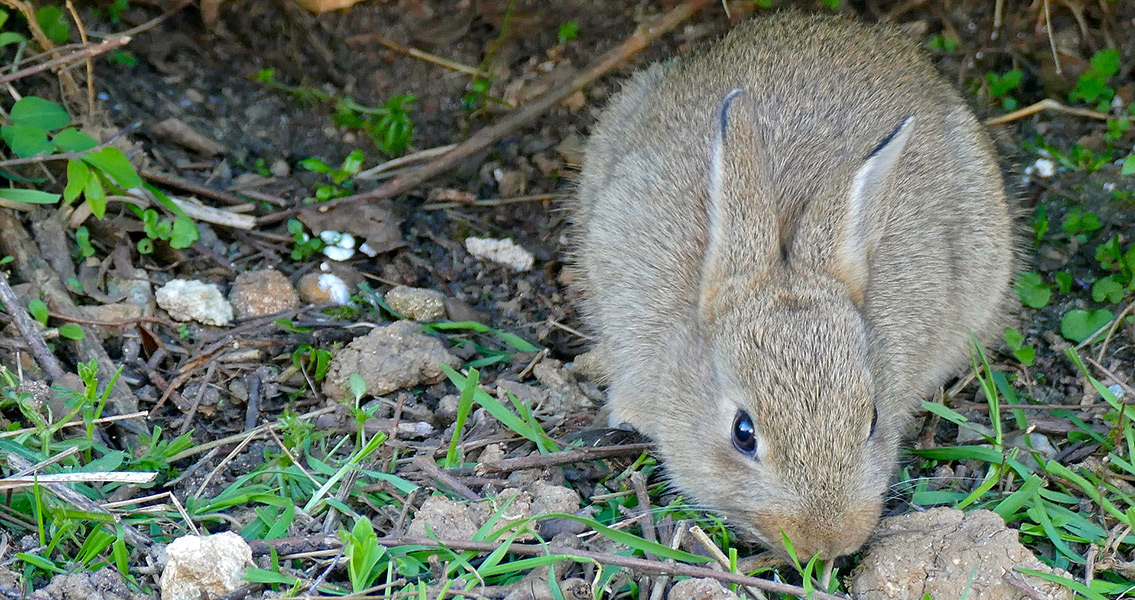<![CDATA[In further evidence of the greater adaptability of modern humans compared to Neanderthals, a study of rabbit bones has suggested that hunting smaller prey such as rabbits contributed to modern humans’ higher survival chances. An international team of scientists studied rabbit bones found at several archaeological sites across the Iberian Peninsula and discovered that the small animals made up a substantial part of the diet of modern humans, while Neanderthals hardly consumed them. The main implication of the hypothesis is that a lack of access to smaller prey was one of the reasons for the Neanderthals’ decline. In a paper titled “Rabbits and hominin survival in Iberia”, the authors put forward the proposal that the Neanderthals’ dependence on large animals for food may have reduced their survival chances. Our closest ancestors are known to have preferred to hunt large prey across woodlands rather than in large open spaces. However, as the climate began to quickly change these large animal became rarer and rarer, study co-author John Steward, a paleoecologist from the University of Bournemouth, is quoted as saying by Past Horizons. It seems, according to Steward, that Neanderthals could not master the skills and technology needed to hunt smaller, faster prey such as rabbits. Modern humans, on the other hand, created traps and used twine to catch rabbits, which bred in abundance in that region 30,000 years ago. Rabbits make for a very good food source because of the relative ease with which they can be caught, because of their fast breeding, and because of their predictability, Steward went on to explain. With access to such easy prey, modern humans were better equipped to deal with climate change and survive it. Yet it is worth noting that “the rabbit” factor may not have had the same effect in other parts of Europe, such as Italy, where these animals didn’t breed so abundantly. The theory that technology and adaptability on the part of modern humans played a major role in the demise of the Neanderthals is not new, and new evidence is constantly emerging in support of it. So far, research has established that the two hominin species interacted directly and even interbred. It has also been demonstrated via DNA analysis that the Neanderthals started declining in numbers very soon after the first modern humans set foot in Europe. Part of the reason may have been the new diseases that modern humans brought to the Neanderthals, and the fact that the latter had no immunity against them, unlike the modern humans. Climate change also had a big part to play in the decline of the Neanderthals, with some authors suggesting the cause of the change was a series of volcano eruptions, which could explain why they declined so fast. It seems one could say with a reasonable degree of certainty that there was no one single reason why the Neanderthals died out and modern humans thrived, but each of the reasons so far identified allows us a deeper understanding of this stage in human evolution and greater insight into how our own species came to be where it is today. For more information: Rabbits and hominin survival in Iberia Image courtesy of Wikimedia Commons user: Bernard Dupont]]>
Rabbit-Hunting Helped Modern Humans Gain Upper Hand
